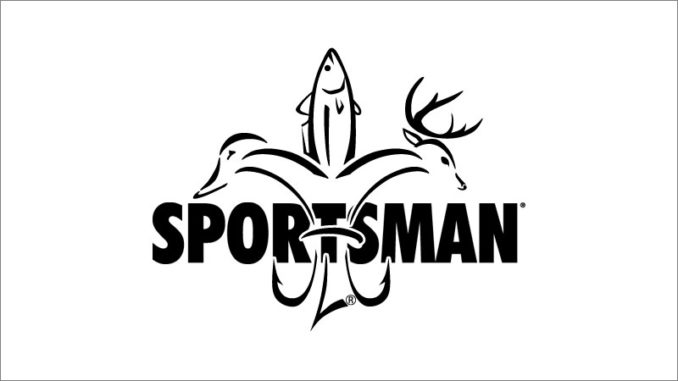
When you peer down the barrel of your rifle and click off the safety, remember that you are not only a hunter; you are ostensibly a game manager.That might come as a surprise to sportsmen who think only of biologists and big, Lowcountry plantations when they hear the phrase “game manager.” But it’s still true that the majority of game management takes place between the time a deer appears under your tree stand and you decide whether or not to pull the trigger. It’s game management at its most basic, lowest level — but at a level where it is most effective.
With deer season in full swing around South Carolina this month — and the peak of the rut approaching — hunters need to assess their goals, at least those goals in addition to filling the freezer with backstrap, tenderloins, venison burger, steaks, chops and sausage.
Are you primarily a trophy hunter? Are you involved in a piece of property for the long run, or are you on a one-season-only deal with a landowner? Just how many deer to you need or want to kill?
Every time we look over a deer that wanders into one of our shooting lanes, we play game manager for a few seconds. Every hunter does, whether he realizes it or not.
Our family farm covers a little more than 600 acres. We don’t hunt it to death; a handful of us show up and hunt the 10-day period around the peak of the rut. Bucks must have eight points or better before we squeeze the trigger, and we try to kill enough does to keep the herd somewhat in check.
It’s been years since the harvest of does became acceptable among the old-line southern deer hunters. Now, it’s basically treated as fact that some does must be killed every season, and how (or how many) does are taken is as important as the bucks that are taken.
A few notes about does that I’ve taken over the past 25 years of dealing with biologists look something like this:
• Take does as early in the season as you can. This takes care of three things.
First, you don’t take nearly as many button bucks by accident, since the size differential between adults and yearlings is much greater early on.
Second, you reduce the buck/doe ratio at the peak of the rut. That allows the dominant buck in an area to breed a greater percentage of the available does, which passes his genes on into the herd more efficiently. With an unbalanced buck/doe ratio, more bucks take an active role in the rut, and the chance of a cull buck passing his genes on is greater. Also, there is some indication that if one or two big bucks control the rut in a local herd, the smaller bucks will spend less time chasing does and more time feeding, which brings them out of the winter in much better shape — able to put more of their nourishment toward their next set of antlers.
Third, it cuts down on the number of animals that are working on the food source in an area, leaving more food for the remaining members of a herd. It makes sense.
• Concentrate on killing bigger, older does. Many hunt clubs that control extensive acreage will have, in addition to big-buck contests, big-doe contests. That’s based on the need to control the age structure in the doe segment of the herd. As they age, does drop a higher percentage of female fawns. A yearling doe is, percentage-wise, most likely to drop a single buck fawn. A 4½-year-old or 5½-year-old doe is most likely to twin female fawns. So work on the big does first, and you’ll wind up with more buck fawns and a better buck/doe ratio.
I have tried to make it my personal rule to take only does that wander into range with twin fawns trailing along, because I know they’re more likely to be older animals than the ones who are managing only a single fawn. Unless, of course, the look like they’re pushing 140 pounds.
It’s obvious when a buck that looks like Bullwinkle steps out into the open that you’re going to do your best to get off a killing shot. You need to be just as sure about the does that show up to nibble on your clover.




Be the first to comment